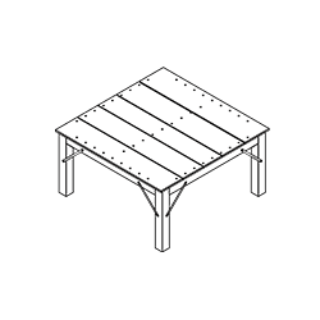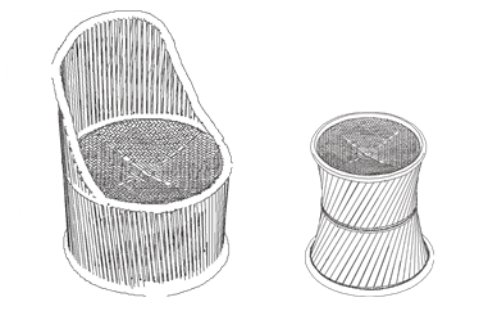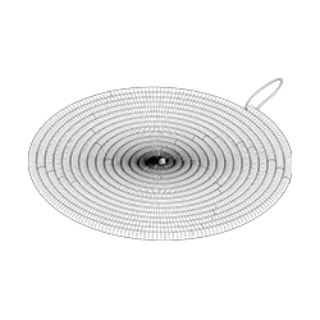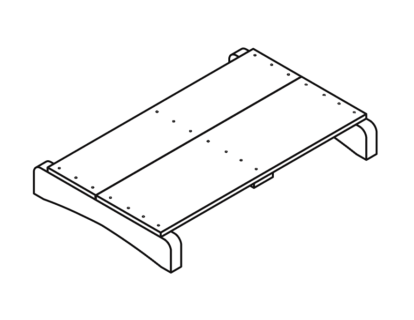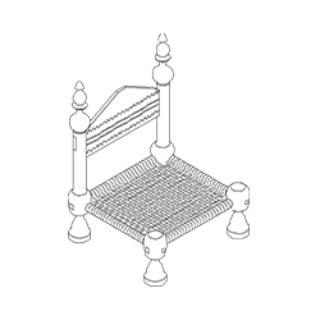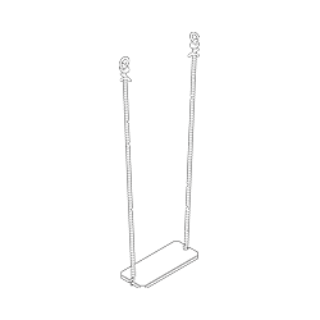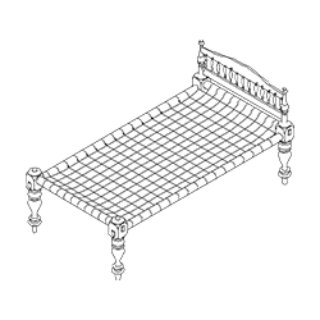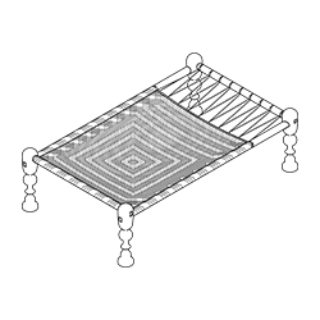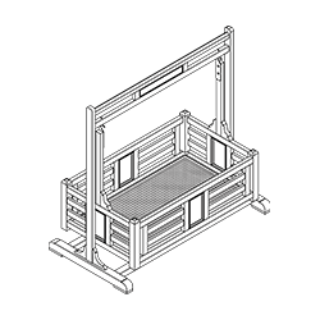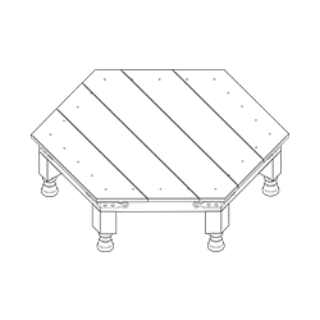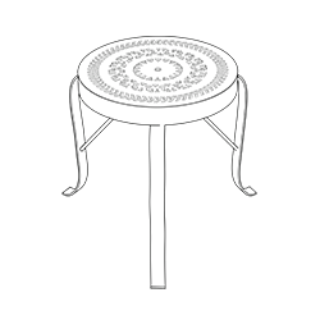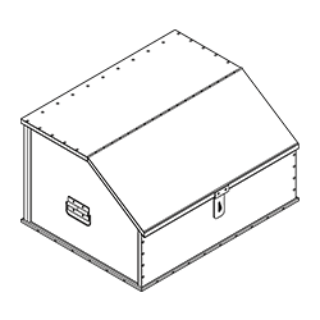Punjab
Punjab is the northernmost state with an area of 50,362 square kilometres. It is located in the plains of central India. It is bordered by Jammu & Kashmir in the north, Himachal Pradesh to the east, and Haryana and Rajasthan to the south. Pakistan lies to the west of Punjab. Most of the area of Punjab is covered with plains which are fertile. This has helped in the formation of extensive farmlands. The Shivalik range starts from the northern parts of Punjab: Gurdaspur and Pathankot districts. Due to rainfall deficiency in Punjab, many canals have been taken out from rivers Beas, Sutlej and Ravi. This efficient canal system has enabled Punjab for farming and is known as the granary of the country and the nucleus of the green revolution.
2782
Furnituredocumented
18138
Distancetravelled (km)
1823
Peoplemet
Geographically, Punjab is divided into three regions: Doaba, Majha and Malwa. This division is based on the rivers flowing through the state. Doaba, in the north-east, between the rivers Beas and Sutlej, borders Himachal Pradesh and the union territory of Jammu & Kashmir. It is the largest producer of wheat in India. A dialect of Punjabi known as Doabi is spoken here. Majha, in the north-west, borders Pakistan. The state is further divided into 22 political districts which govern a number towns and villages.
Places visited- 150
Typology of furniture- 43
Outputs- 12
Doaba region comprises of the districts of Hoshiarpur, Kapurthala, Jalandhar and Shahid Bhagat Singh Nagar. It is bordered by Himachal Pradesh to the east and the union territory of Jammu & Kashmir to the north. A dialect of Punjabi known as Doabi is spoken in Doaba region. People from this region are also called Doabi. Doaba is the largest producer of wheat in India. The houses in the villages here have largely been rebuilt into bungalows and two storied structures. Since many of the owners have migrated overseas, these houses are largely used by the caretakers. Out of all regions, maximum migration to countries abroad has taken place from Doaba.
The region of Majha forms towards the northwestern side of Punjab, between rivers Beas and Ravi. It consists of Pathankot, Gurdaspur, Amritsar and Tarn Taran. This region borders Pakistan to its west. In the old city of Amritsar, many old havelis have been preserved by the owners. These havelis typically are two to three storied buildings with central courtyards. In the villages around Majha, most houses were single storied and had a courtyard in the front. Most of the old buildings are made of Nanakshahi bricks. These bricks are smaller in size than the standard brick size. In the northern region bordering Himachal Pradesh & Jammu and Kashmir, the house forms depict an influence of the mountainous region, such as sloping roofs covered with slate. The Majhi dialect of Punjabi is spoken and is also considered the primary dialect of Punjab. The people of Majha are called Majhai. The furniture recorded in Majha alongside the banks of river Ravi was mostly made of deodar wood. This is because of the downstream of the river being used to transport wooden logs of deodar from Himachal Pradesh and Kashmir. Also, an abundance of water has made it favourable for an extensive cultivation of a premium grade of rice.
Malwa region comprises of the districts Ferozepur, Moga, Ludhiana, Rupnagar, Faridkot, Barnala, Sangrur, Fatehgarh Sahib, Sahibzada Ajit Singh Nagar, Fazilka, Sri Mukhtsar Sahib, Bathinda, Mansa and Patiala, lie below the Sutlej river. The houses in the villages of Malwa were made of concrete and exposed bricks and had front yards. Some houses were also mud plastered. Malawi is the language spoken, which is a dialect of Punjabi. Two-thirds of the total cotton exported by India is cultivated in Malwa. The sandy soil, due to its proximity to Rajasthan, helps in growing cotton. The climate of this region is hot and dry with cold winters. Other crops cultivated here are rice, wheat, maize, kinnow, cotton and mustard.
 Sandook (Cabinet)
Sandook (Cabinet)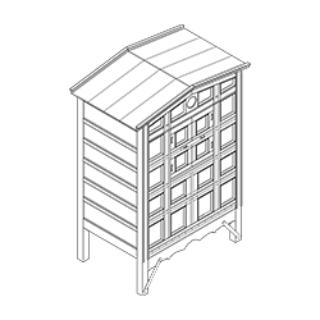 Peti & Peti almari (Chest)
Peti & Peti almari (Chest)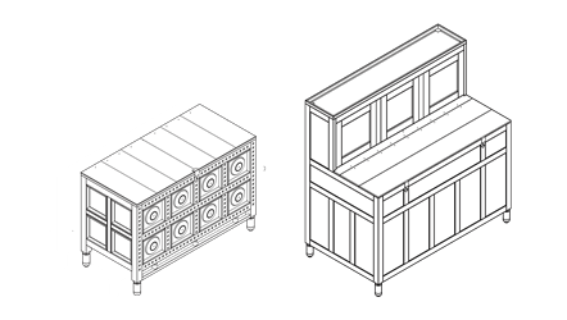 Padola or Padoli (Granary)
Padola or Padoli (Granary)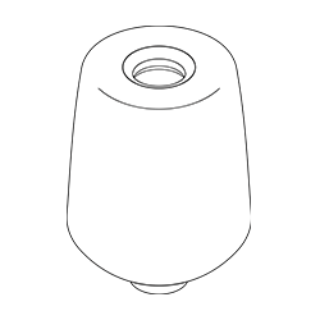 Tangna (Hanger)
Tangna (Hanger) Dyut (Lamp holder)
Dyut (Lamp holder) Chowki (Larder)
Chowki (Larder)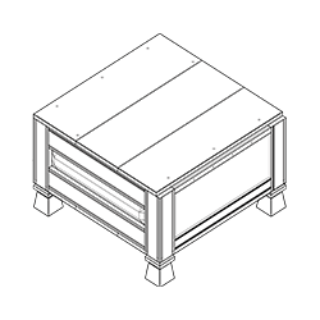 Jaali or Doli (Larder)
Jaali or Doli (Larder)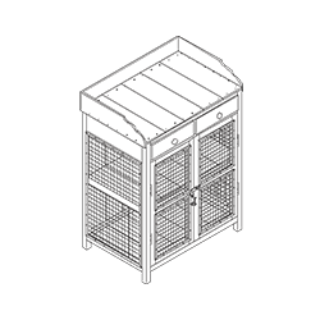 Kans or Shapeel (Shelf)
Kans or Shapeel (Shelf)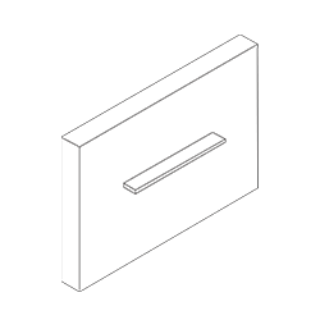 Aliya or Aala (Wall niche)
Aliya or Aala (Wall niche) Killi (Wall peg)
Killi (Wall peg) Khadvanja (Water pitcher storage)
Khadvanja (Water pitcher storage)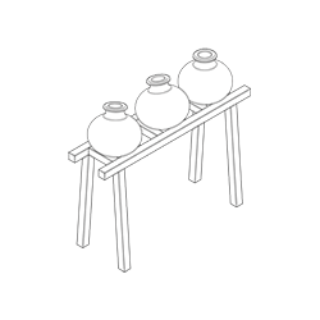 Ghadonj (Water pitcher storage)
Ghadonj (Water pitcher storage)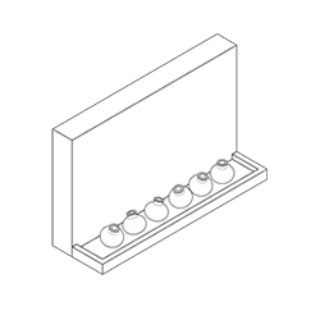
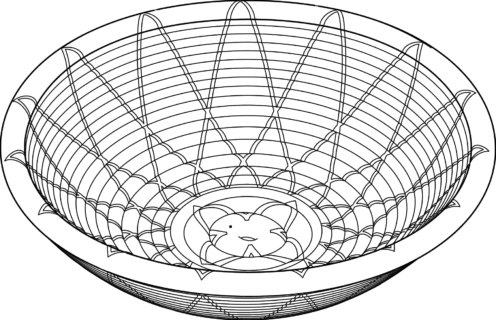 Rehal (Book stand)
Rehal (Book stand) Madani (Churner)
Madani (Churner)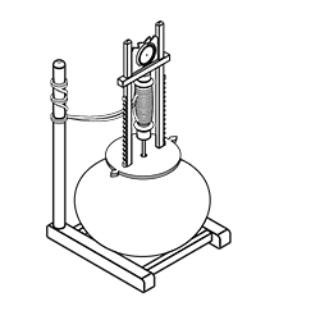 Sarpoz & Chhikku (Container)
Sarpoz & Chhikku (Container)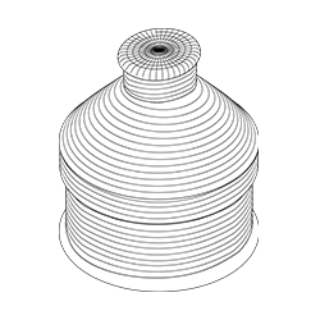 Pakkha & Pakkhi (Fan)
Pakkha & Pakkhi (Fan)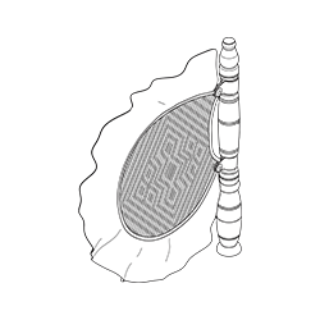 Chhikka & Pinjra (Food cloche)
Chhikka & Pinjra (Food cloche)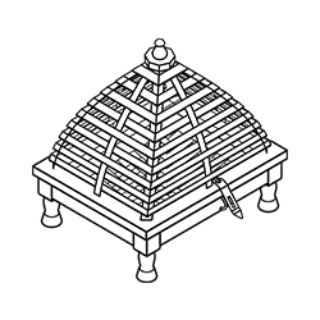 Silvatta (Grinding stone)
Silvatta (Grinding stone)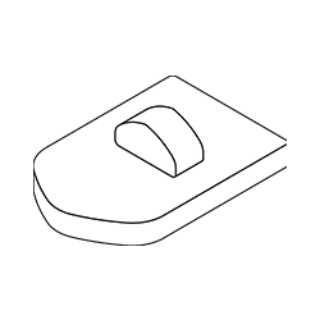 Chakki (Hand mill grinder)
Chakki (Hand mill grinder)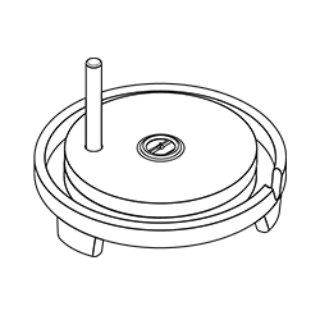 Chulha & Haara (Hearth)
Chulha & Haara (Hearth)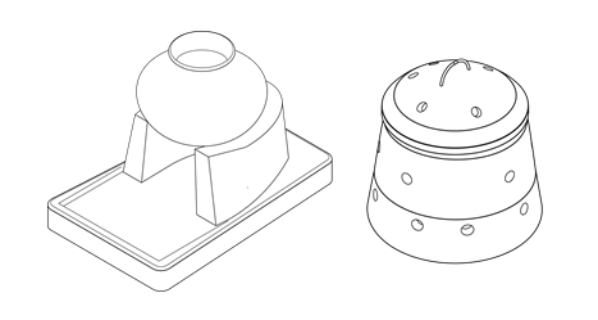 Danda kunda or Kunda sota & Musal ukhli (Mortar & Pestle)
Danda kunda or Kunda sota & Musal ukhli (Mortar & Pestle)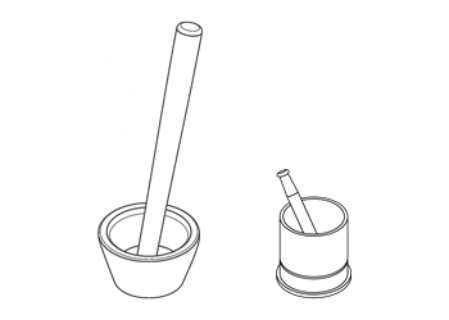 Tandoor (Oven)
Tandoor (Oven)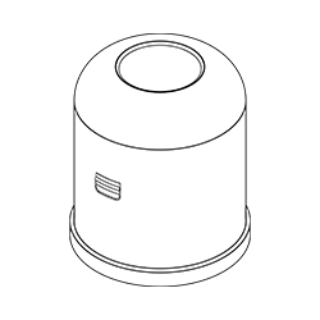 Innu (Pot ring)
Innu (Pot ring) Nehi (Pot stand)
Nehi (Pot stand) Hookah (Smoking pipe)
Hookah (Smoking pipe) Charkha (Spinning wheel)
Charkha (Spinning wheel)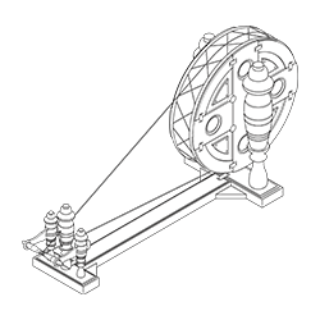 Chhaj (Winnower)
Chhaj (Winnower)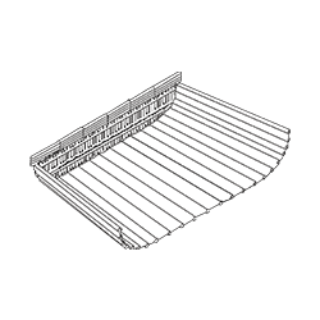
Vernacular Furniture of Punjab – Newsletter 1
Newsletters
May 2018
Vernacular Furniture of Punjab – Newsletter 2
Newsletters
September 2018
Vernacular Furniture of Punjab – Newsletter 3
Newsletters
November 2018
Vernacular Furniture of Punjab – Newsletter 4
Newsletters
January 2019
Vernacular Furniture of Punjab – Newsletter 5
Newsletters
June 2019
In search of Vernacular
Author:
Daksh Dev
Presentations
November 2019
Punjab Field visit-1
Activities
May 2018
Punjab Field visit-2
Activities
June 2018
Punjab Field visit-3
Activities
November 2018
Punjab Field visit-4
Activities
January 2019
Punjab Field visit-5
Activities
June 2019



